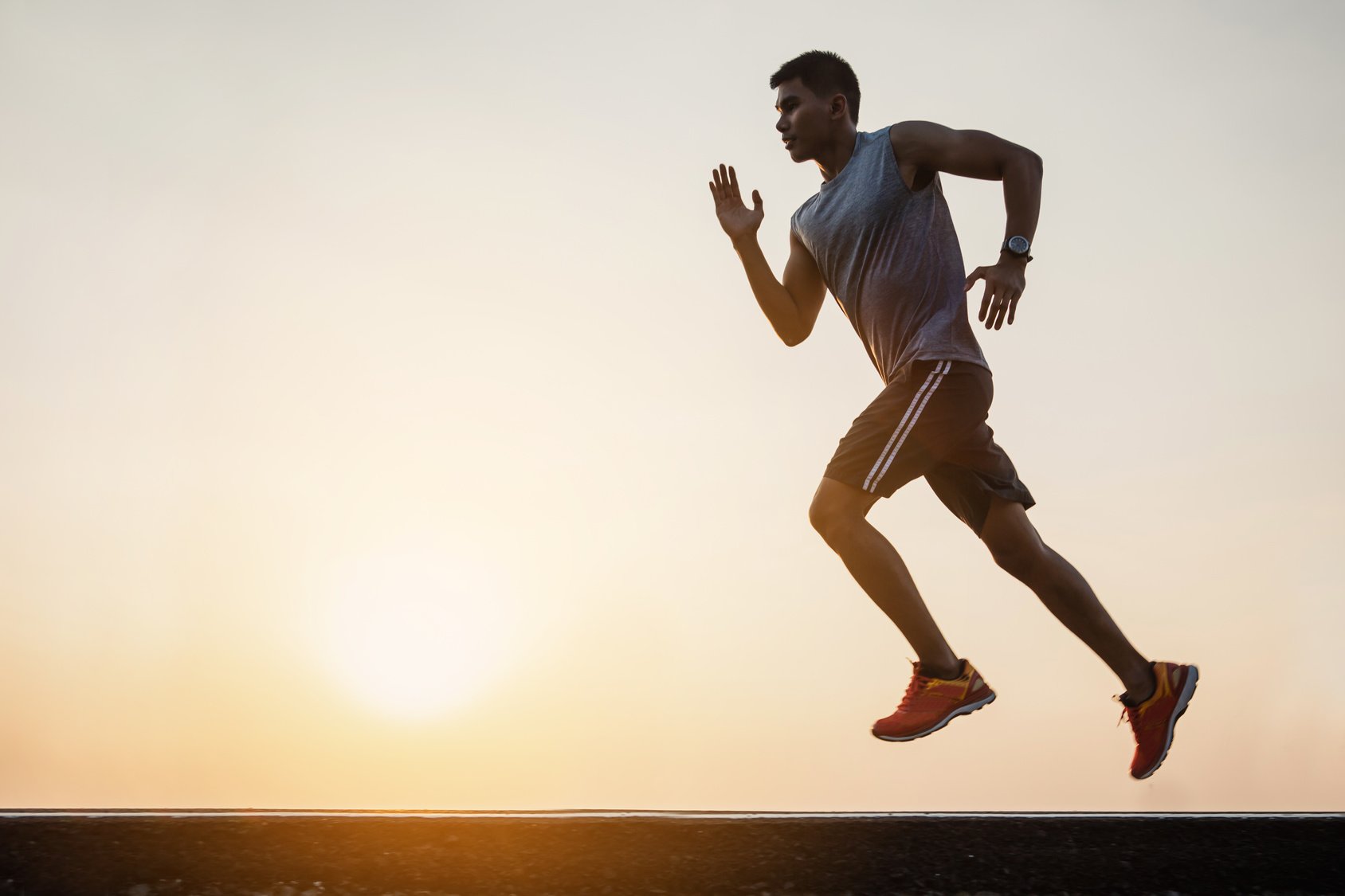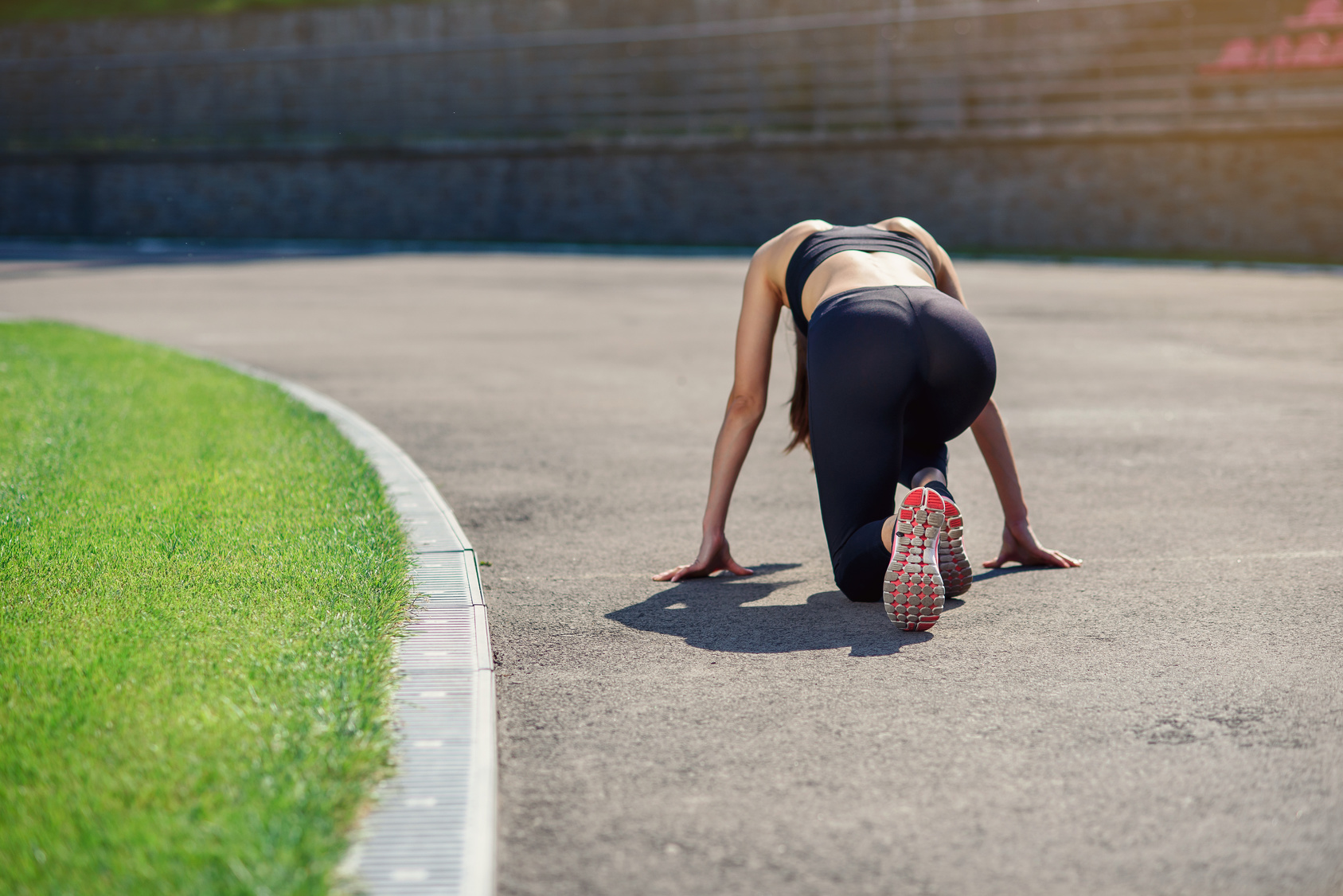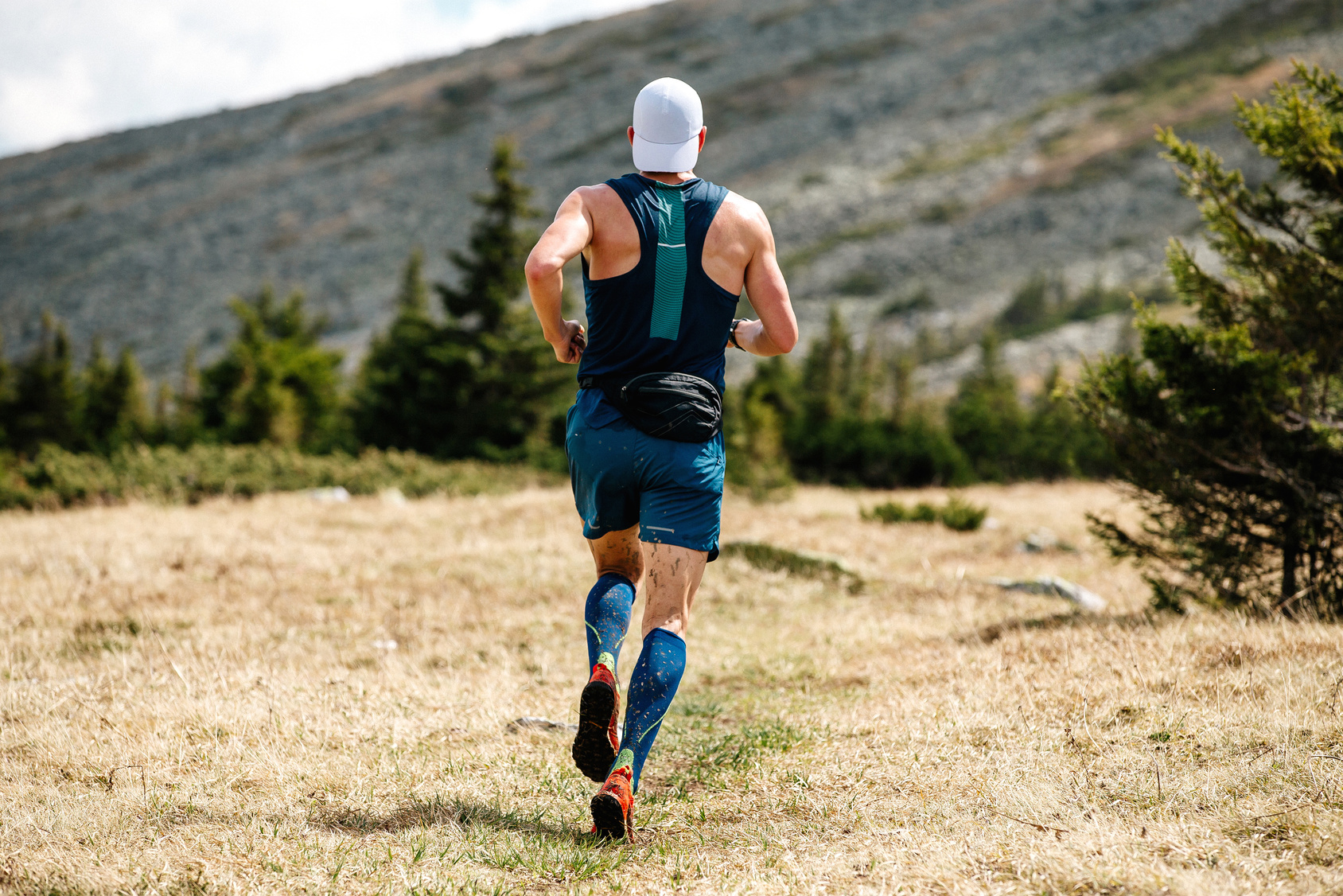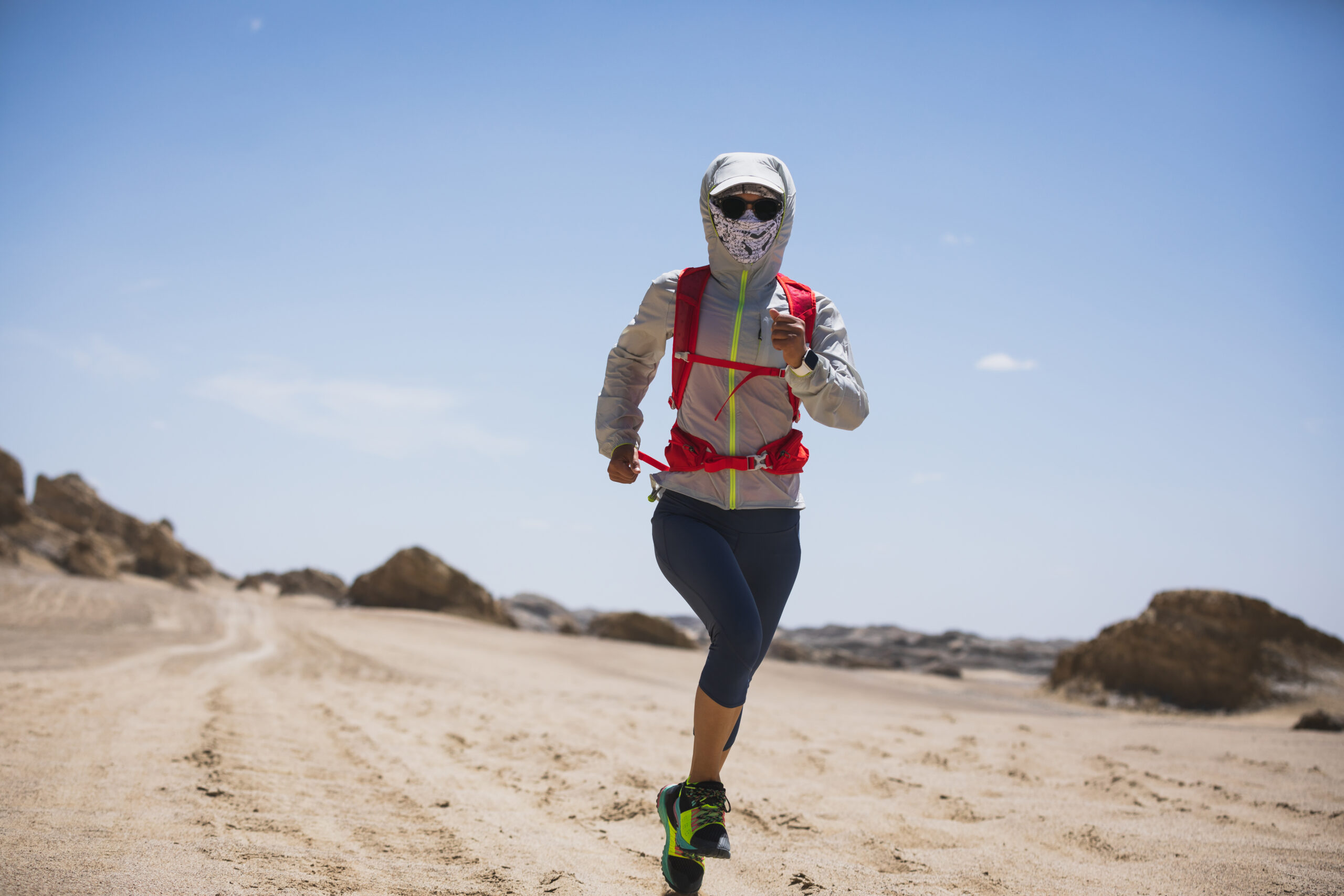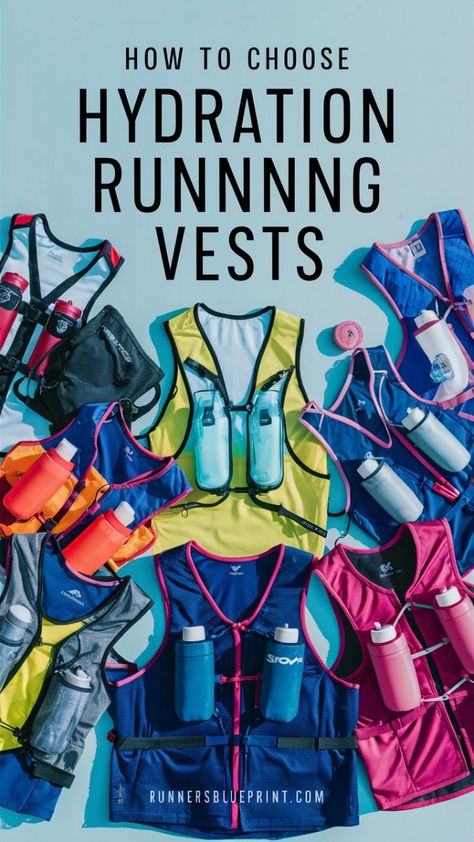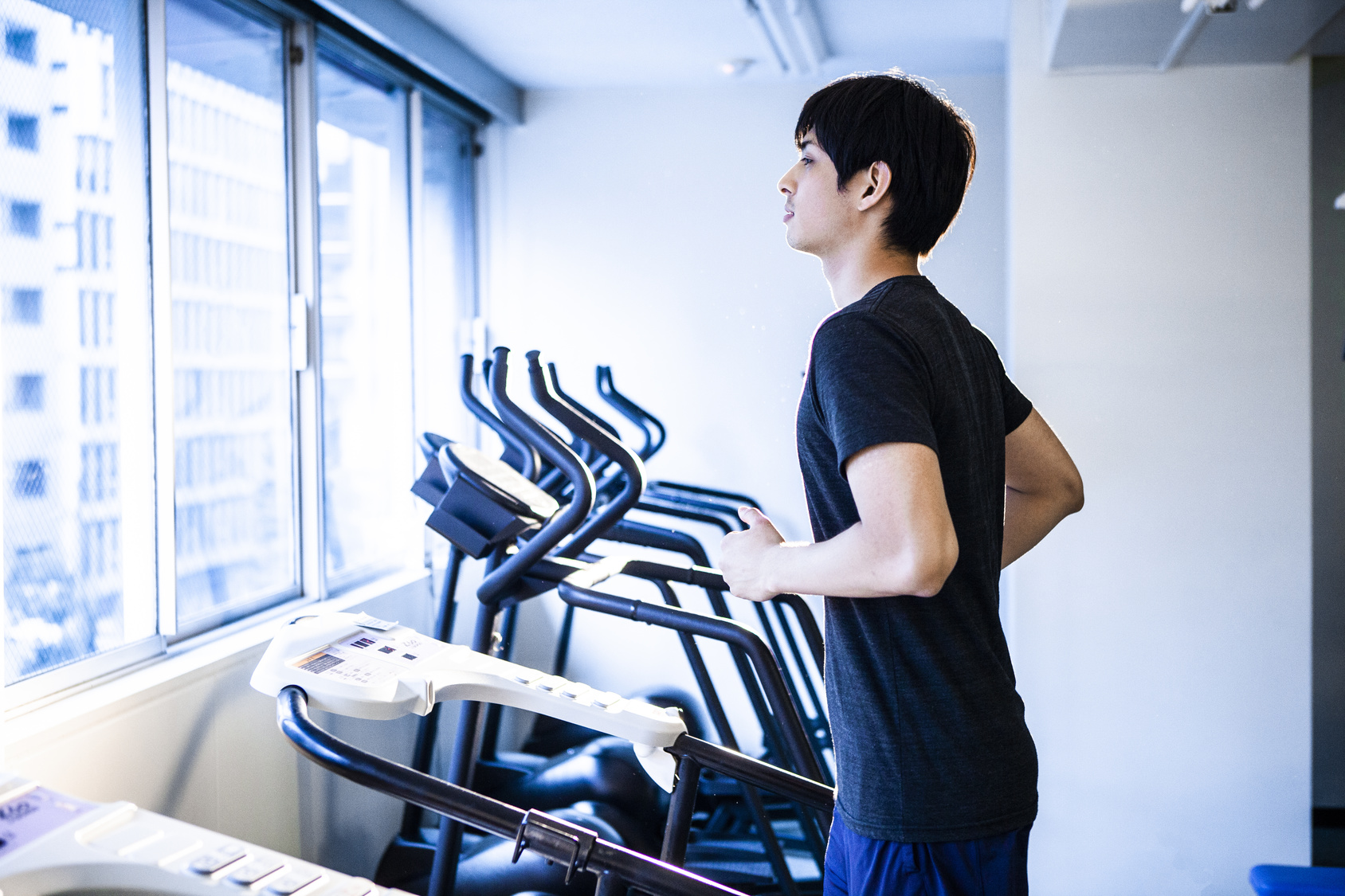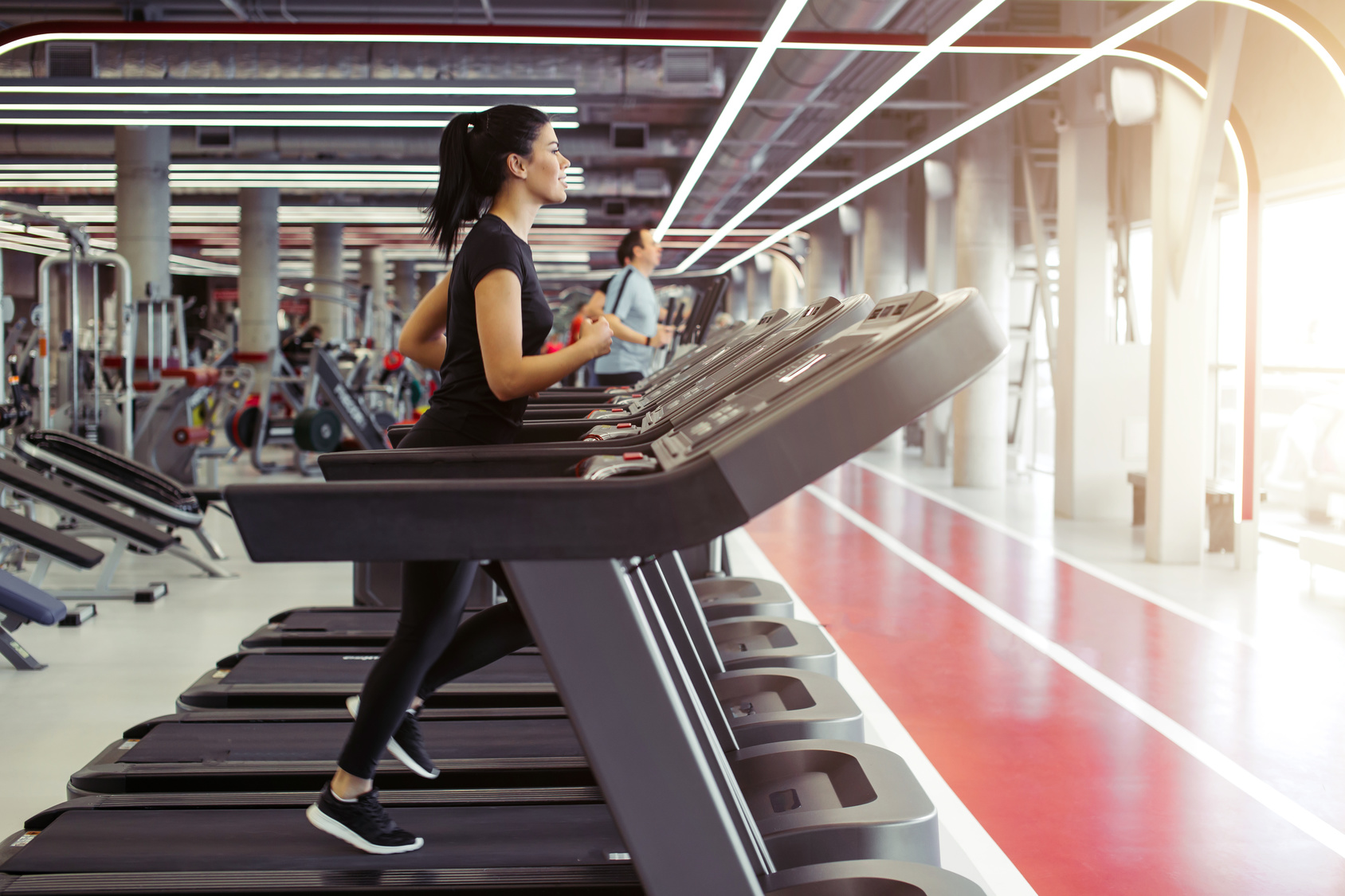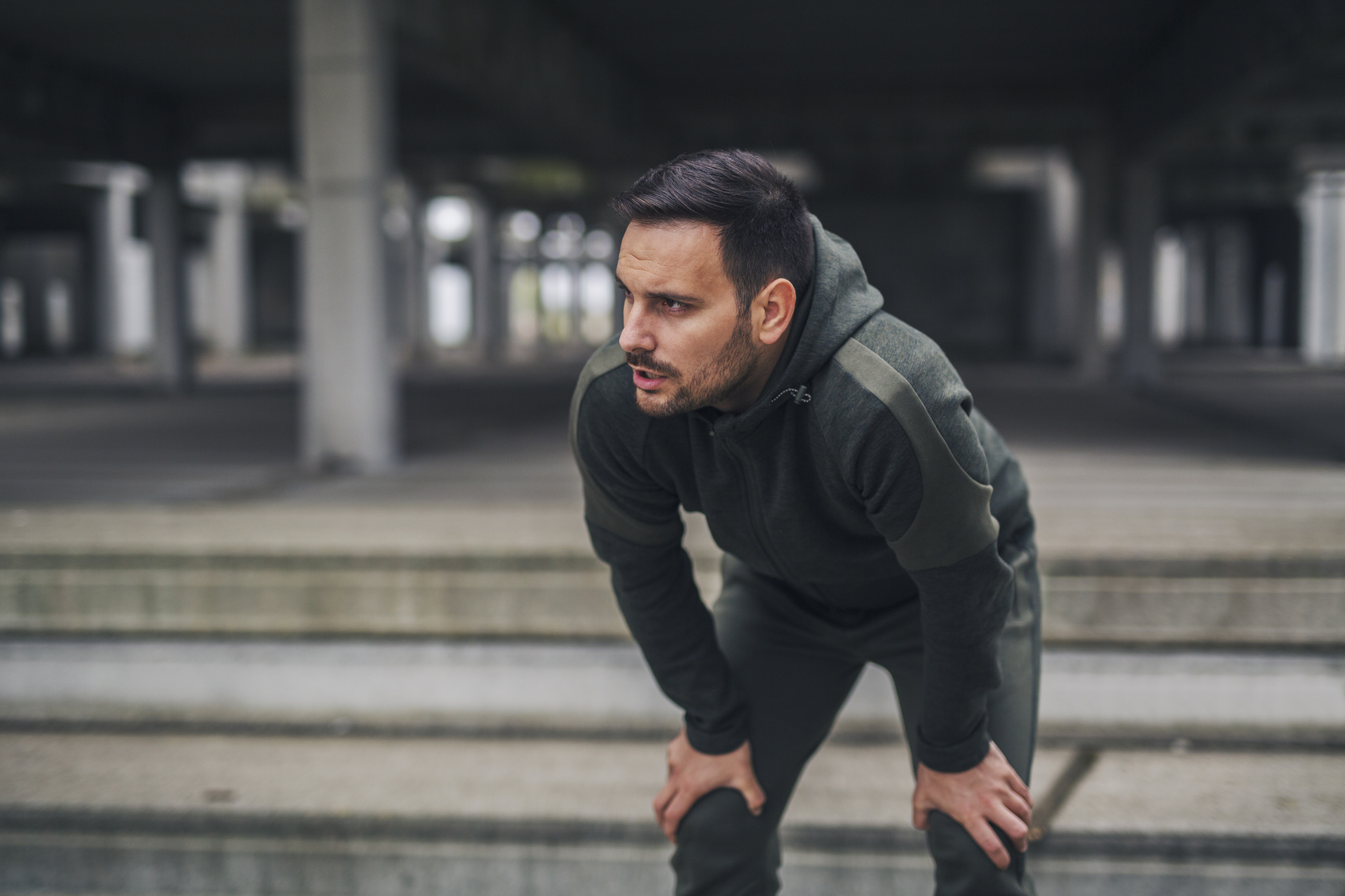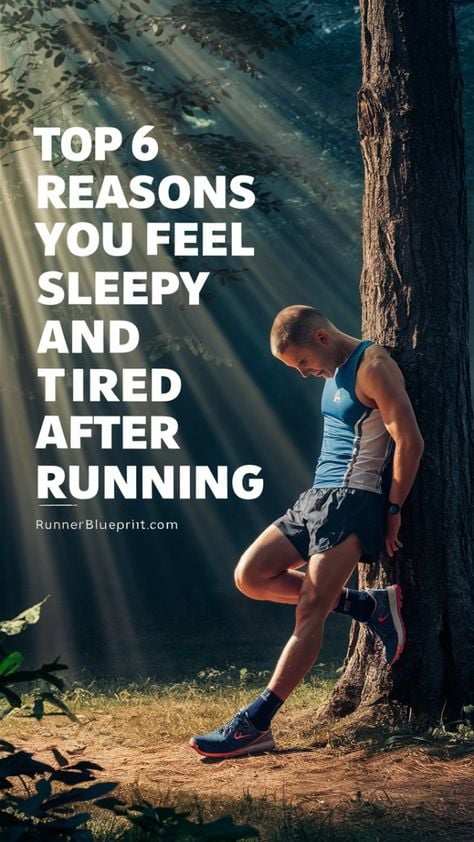The state of affairs, at the time of writing this, has triggered a surge in virtual races.
Now, these events are here to stay.
Though I don’t encourage anyone to go against the health guidelines set by the WHO, not being able to race sucks.
Well, maybe until things can return to the way they used before—not this “new normal” nonsense.
But how can you turn virtual racing into an enjoyable, successful experience?
This post has you covered.
In today’s article, I’ll share with you a few training guidelines to help prepare for your virtual race, improve and keep your motivation, and make sure you have fun.
More specifically, I’ll go over:
- What is a virtual race?
- How to track a virtual race
- How to find a virtual race
- How to prepare for the event
- How to run a virtual race
- The logistics of a virtual race
- And so much more.
Sounds exciting?
Let’s get started.
What is A Virtual Race
Virtual races consist of remotely held race events managed by a organization that gives the participants the flexibility of racing a certain distance at their own time and discretion.
In a virtual race, you sign up for the race and complete your given race distance. You can run—or walk—from any location you choose. The event can take place on the road, the treadmill, the trail, the beach, the track—you decide.
In other words, you choose your own race, course, pace, then time it yourself.
When you pay to enter a virtual race, you’re expected to meet your goals, let’s say run 5K, run for 40 hours nonstop, or run a marathon, then a medal or prize is shipped to you.
For more on the history and rise of virtual races, check the following resources:
- Perspectives on Using Online Platforms for Promoting Running and Walking Activities
- Competitive Racing in Virtual Cycling-Is It Possible, Realistic, and Fair?
- Virtual Races Keep Runners Going
- Exploring virtual race participants’ perceptions of event mobile apps and behavioral intention
- How do virtual runs work?
- What is a Virtual Race and Should You Run One?
- Virtual race transformation reverses racial in-group bias
Additional Reading – Here’s your guide to obstacle race course training.
Why Run A Virtual Race?
Pros of virtual running races include:
- Testing your fitness
- Staying motivated
- Focusing on something positive
- Training for a race
- Staying in shape
- Connecting with another runner through social media
- Breaking a new PR
- Pushing toward new distances
- And so much more.
Additional resource – Guide to pacing strategies for different races
How Do Virtual Races Work
Virtual aces work the same way as your standard, in-person race.
As a runner, you pick the distance and a suitable virtual event, sign up then pay the registration fee just like you normally would.
Next, train for the race. That’s all.
Following the race, the participants upload their finish times and are then mailed a finisher’s medal (or any other prize).
Keep in mind that some race organizers will require to show your stats using an app such as Garmin or Strava or even show pictures of your treadmill stats when running on a treadmill.
Additional resource – How to avoid slowing down during a race
How To Find A Virtual Race
At the time of writing, the majority of popular races are being canceled, and some are offering virtual alternatives. Even major races such as the Boston Marathon and The New York City Marathon have switched to virtual events.
The pandemic doesn’t discriminate.
Try looking up for one in your area, and you’ll more than likely be inundated with options suitable for different distances, speeds, and experience levels.
You can also sift through running communities to find a virtual race that matches your needs.
FindARun.com is a fantastic place for a reliable virtual race directory where you can find races listed from all over the world.
You can also check the Virtual Runner UK, which has a nice directory of a virtual race—sorted by distance. You can also sign up using their own app.
Additional Resource – Guide To Running Race Distances
Choose The Right Distance
Virtual races, just like their in-person counterparts, cover all abilities. From 5K virtual runs to virtual marathons, the range of choices are is wide as ever.
So whether you just took up running or are aiming for a sub-3 hour marathon, you’ll definitely find what you’re looking for.
You can choose to loop around the streets in your neighborhood or hop on your home treadmill.
You can also run along a familiar trail.
What’s more?
Consider what a virtual race means for the distance of the race you’re planning. For example, a longer-distance event may require extra planning, especially when it comes to mid-race support.
Pick A Familiar Route
The biggest perk about virtual races is that you get to choose your own route—more importantly, your own starting line and time.
Thanks to virtual race, you can compete wherever and whatever time of the day suits your lifestyle—and usually on whatever day of the week.
No need to spend money and time trying to get to the race venue.
However, since you’ll more than likely run your virtual race alone, you’re better off choosing a familiar route.
In fact, I’d recommend that your plan your “racecourse around your neighborhood.
For longer races, plan the course around your home or a convenience store, which can function as an aid station and/or toilet stop. You’re, after all, your own race organizer.
Additional resource – How to prepare for your best running race
Get The Distance Right
After getting the right distance, it’s time to get the distance right. Or else your race will be a failure.
Few things are as frustrating as plotting out a challenging course, reaching the finish line, and then realizing that you had the distance wrong the whole time.
To do it right, use Google Maps, or your run history, to track your planned racecourse as accurately as possible.
I’d also recommend using a GPS watch during your virtual race. Remember, nobody’s keeping track of your distance but you.
Here’s the full guide to measuring how far did you run.
Follow The Rules
If you’re looking to see your name on the leaderboard or aiming to win an age group size, you’ll want to abide by the race director rules.
For example, if the event requires the participants to upload their time online, remember to make GPS activity setting public.
Record your running time using a tracking device or a smartwatch, take a screenshot or picture of the tracking app or watch for proof of completion.
Strava, Garmin, Nike, Runstastic are all reliable and acceptable by most race organizers.
What’s more?
You should also monitor net elevation gains and loss—some virtual events put a cap on it.
Additional guide – Age grading explained
Pay Attention To Pace
Completing a virtual run is completely different from running a standard, in-person race.
Without the rhythm of the crow, you might feel tempted to start the race too fast (or too slow). This can ruin months of hard training and compromise your race results.
That’s why it’s key to have a proper pace strategy. As a rule, choose a challenging—but realistic—pace and try to keep it throughout your virtual run.
But first, begin by defining your race goals and determine what pace strategy you’re going to use.
Here’s how to prevent a DNF in a race
The Beginner’s Guide To Virtual Runs – The Conclusion
There you have it. if you’re looking to complete a virtual run race today’s post will get you started on the right foot. The rest is really up to you.
Please feel free to leave your comments and questions in the section below.
In the meantime than you for dropping by.
Keep Training Strong.
David D.

